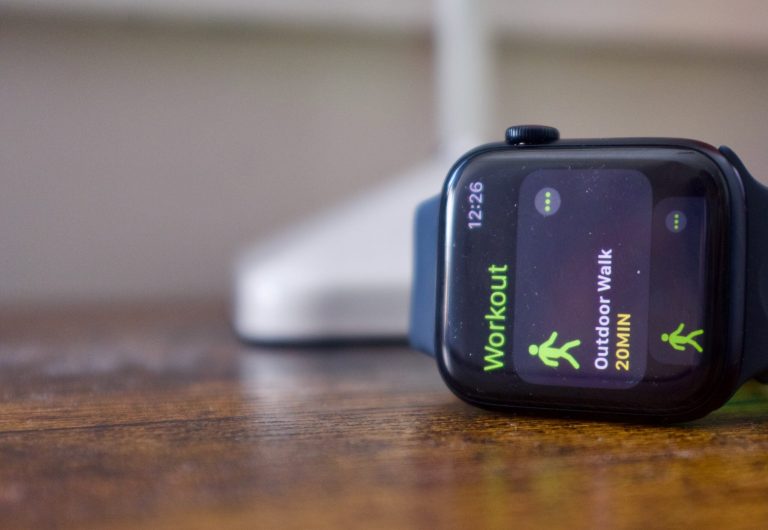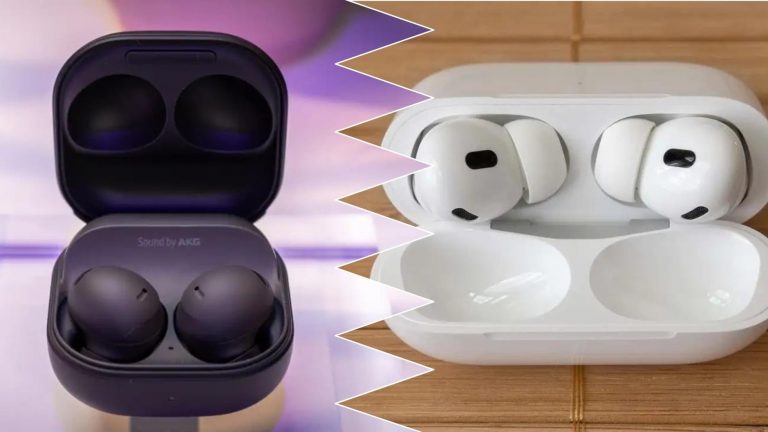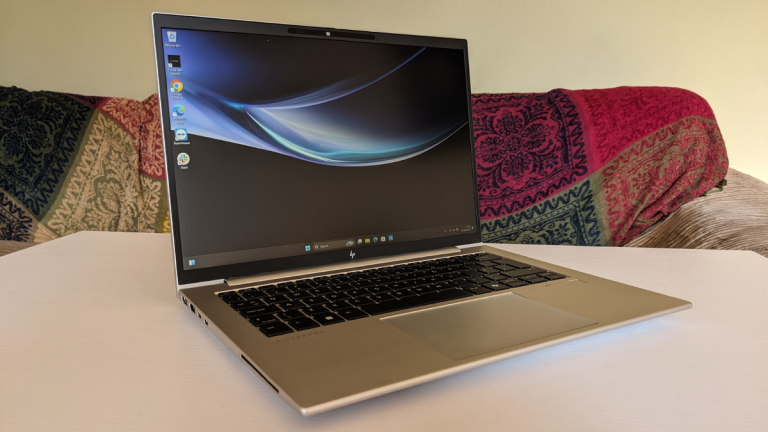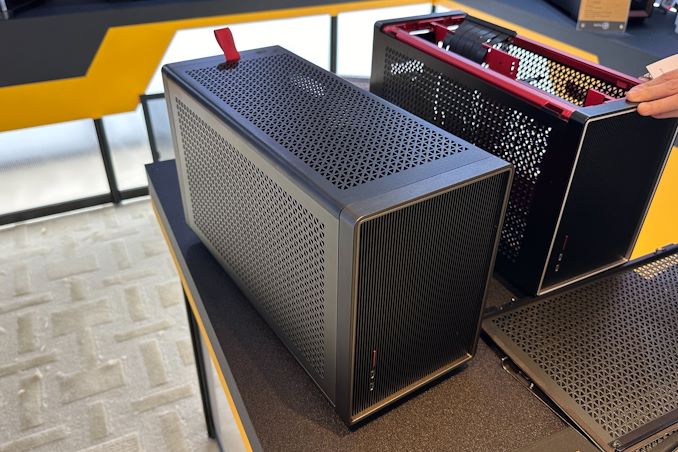A Big Screen for Big Wrists
The Pixel Watch 2 was the redemption Google needed for its nascent wearable brand after the awkward first Pixel Watch. One year later, Google kept what worked. Instead of focusing on any new wrist sensor, the company beefed up the size of the watch displays and the girth of the watch itself for its incoming Pixel Watch 3.
The latest Pixel Watch in both 41 mm and 45 mm sizes. Both have smaller bezels than Watch 2. Google said this means 40% more screen on the larger watch size and 16% more display for the smaller version. For the size of my wrist, I felt the 45mm was right on the money for what feels comfortable, far better than the mammoth size of the Samsung Galaxy Watch Ultra. I was also happy with the extra screen real estate, which, combined with the rotating crown, makes for easy navigation across the various apps and features.
Just know you’ll be spending a lot more on a larger watch. The 41mm size will retail for $350 at base, but the larger 45mm will set you back $450. That’s before you opt for LTE, which will cost you extra.
I slapped the Pixel Watch 3 onto my wrist in both sizes, along with a selection of various bands. I’m not a big fan of the sloped sides on the Pixel Watches, but the reduced bezel size takes away much of my original trepidation for Google’s design. It uses the same watch attachment system as the Pixel Watch 2, but if you opt for the larger size, you’ll also need to buy a different band.
The screen on both devices is now Google’s Actua display, the company’s branding for its OLED screen that boasts up to 2,000 nits of peak brightness and one nit minimum brightness. It should work well indoors and in direct sunlight without fiddling, but that’s something we’d need to test ourselves. The Pixel Watch 3’s display has a variable refresh rate from 1 to 60 Hz, which will be helpful if you have any Nest cameras in your home. Google demoed how the new watch can use Google Home to glance at what’s happening in front of your Nest security cameras and talk to anybody who enters your front door. Even if it’s probably better to get a bigger picture of your home security on your phone, seeing it appear on your wrist still felt novel.
It uses the same sensor as last year’s Pixel Watch, though Google claims you’ll get a more accurate heart rate reading and better pace measurement when running. This time, the big headline health features are extra Fitbit integrations with readiness and cardio load tracking. A new “Morning Brief” also describes your health and fitness info based on what the watch tracked during the past week and overnight. I personally don’t know how many more health-related info blasts I can take in a single day.
There’s a big focus on runners. The Watch 3 can generate running routines with timed warmups and cooldown periods. Fitbit Premium subscribers are getting even more out of the deal. The Fitbit app should break down your specific running metrics, and subscribers will get AI-generated run recommendations based on their targets.
The extra size has some additional benefits. The 45 mm version has a 420 mAh battery compared to the 306 mAh of the 41 mm. Google promises the bigger watch will last “much longer” than the Pixel Watch 2. Still, in either case, the company promises 36 hours of life in battery saver mode and up to 24 hours with always-on display.
The Pixel Watch 3’s entire thrust is to integrate with the rest of Google’s ecosystem. It works as a Google TV remote and as controls for a Pixel’s camera app, though in either case, it’s still limited by a small and constrained interface. It’s clear Google wants the Pixel Watch 3 to meet and beat the Apple Watch Series 9‘s compatibility with iPhones.
And yet, it may be the little things that make the watch worth something. I’m more interested in the Auto Bedtime mode for battery savings. Now you can finally access media controls during workouts, which should be a mainstay on all watches, whether or not it’s coming from Google.
Source: gizmodo.com









